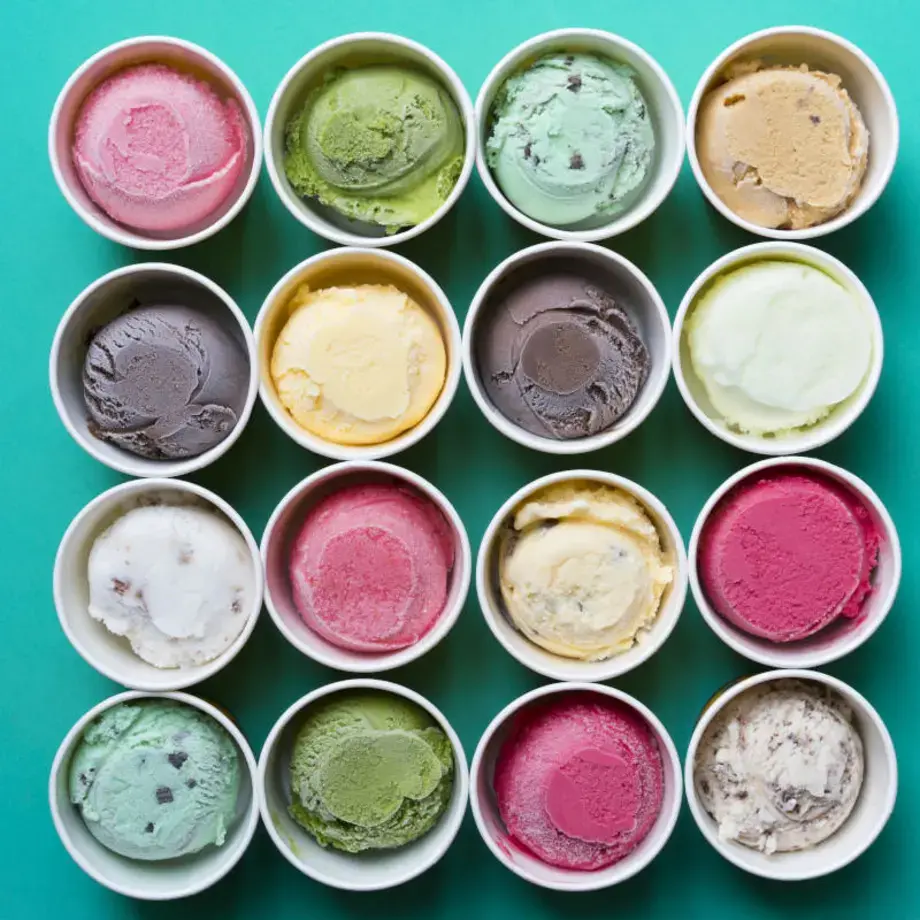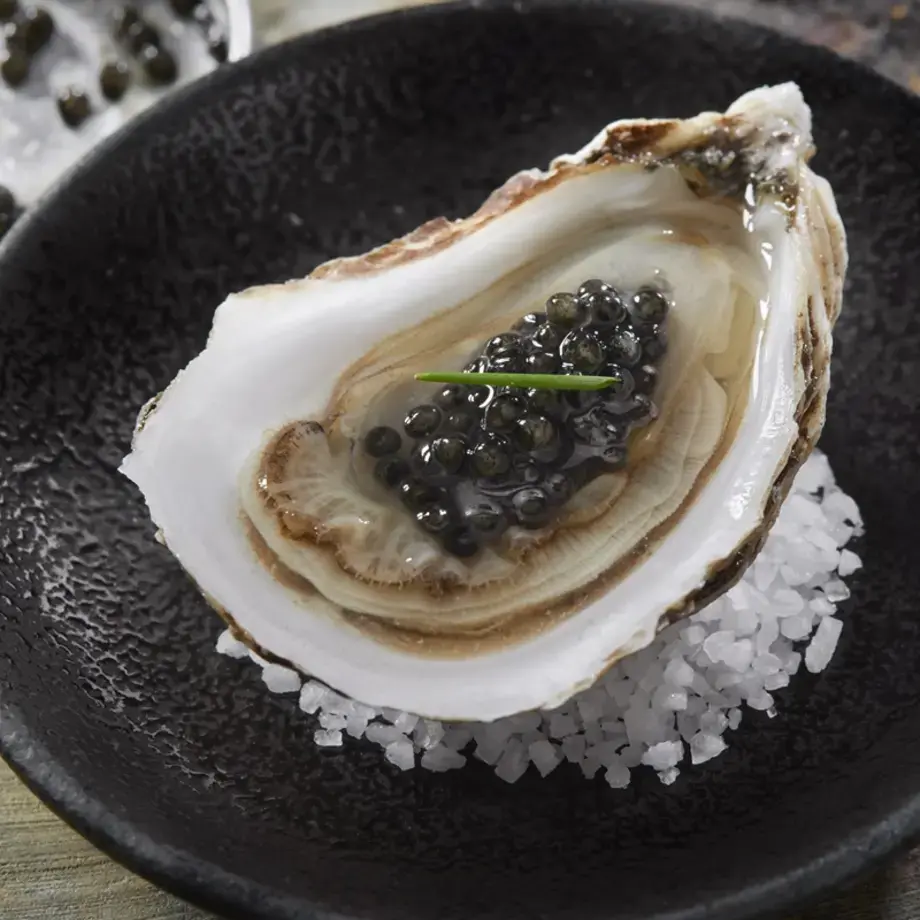Shiny side up or shiny side down? When it comes to using aluminium foil in the kitchen we probably all have our preference or habit. Maybe sandwiches always get wrapped shiny side out, or chicken gets roasted shiny side down. But does it actually matter which side of the foil that you use?
We answer this kitchen conundrum.
Which side of the foil are you supposed to use?
Aluminium foil is a useful kitchen product when it comes to heating, storing and freezing food. Potatoes can be baked in it, fish can be cooked en papillote and leftover food can be frozen in it. The main thing to avoid, of course, is using it to cover food in a microwave: the electromagnetic currents will cause the foil to spark and can cause a fire. This being said, aluminium foil is ideal for wrapping meat and/or vegetables prior to barbecuing or baking--the foil will insulate the contents’ moisture while cooking them through. It also protects the exterior of fragile ingredients from open grilling flames and prevents these ingredients from disintegrating and falling through the grill. It can be used on a home grill or even on outdoor excursions, and in conventional ovens.
The other primary use for aluminium foil is wrapping pre-made or already cooked foods, like sandwiches, burgers and burritos. It works just as well as paper or soft plastics at containing and preserving food, and when free of food residue, it can be recycled as well, making it a more environmentally-friendly alternative, especially to soft plastics. Restaurants often use aluminium foil to wrap guests’ leftovers, though this usually doesn’t look as appealing as using paper-based takeout containers.
But are any of those processes hindered or improved by whether food is in contact with the shiny or dull side of the aluminium foil?
In short, science says it makes no difference at all, and there is no correct or incorrect way to use aluminium foil, as confirmed by Robert L. Wolke in What Einstein Told His Cook and America’s Test Kitchen. You can place either side in either direction whether cooking or freezing food with aluminium foil.
Reynold’s Kitchen, an aluminium foil manufacturer since 1947, says: "It’s perfectly fine to place your food on either side so you can decide if you prefer to have the shiny or dull side facing out." It’s simply a result of the manufacturing process. The performance of the foil is the same, whichever side you use.
Why does aluminium foil have a shiny side and a matt side?
The Aluminum Association explains that the shiny side is produced when two sheets are rolled at the same time, (doubling the thickness of the roll) and which are later separated, meaning the two inside surfaces remain matt, while the two outside surfaces remain shiny.
However, when it comes to using non-stick foil, there is a difference between the two sides, as the non-stick coating is only on one side. In this case place the food on the side marked 'non-stick'.
Recipes where aluminium is used
Aluminium foil can be a versatile tool in the hands of a chef willing to explore its potential applications in the kitchen. In this recipe for beef rolls, for instance, the recipe gives options for frying, baking, or even boiling(!) the rolls in water after they’ve been wrapped in the foil. While this is certainly unusual, it illustrates the dynamic properties of foil for keeping food in a consistent formation while using traditional cooking methods. If this seems perhaps too adventurous, however, this chicken tikka masala and this pumpkin risotto stick to using the foil to keep a baking sheet and the oven free from food debris, while ensuring the moisture levels of the food will be high when finished.







